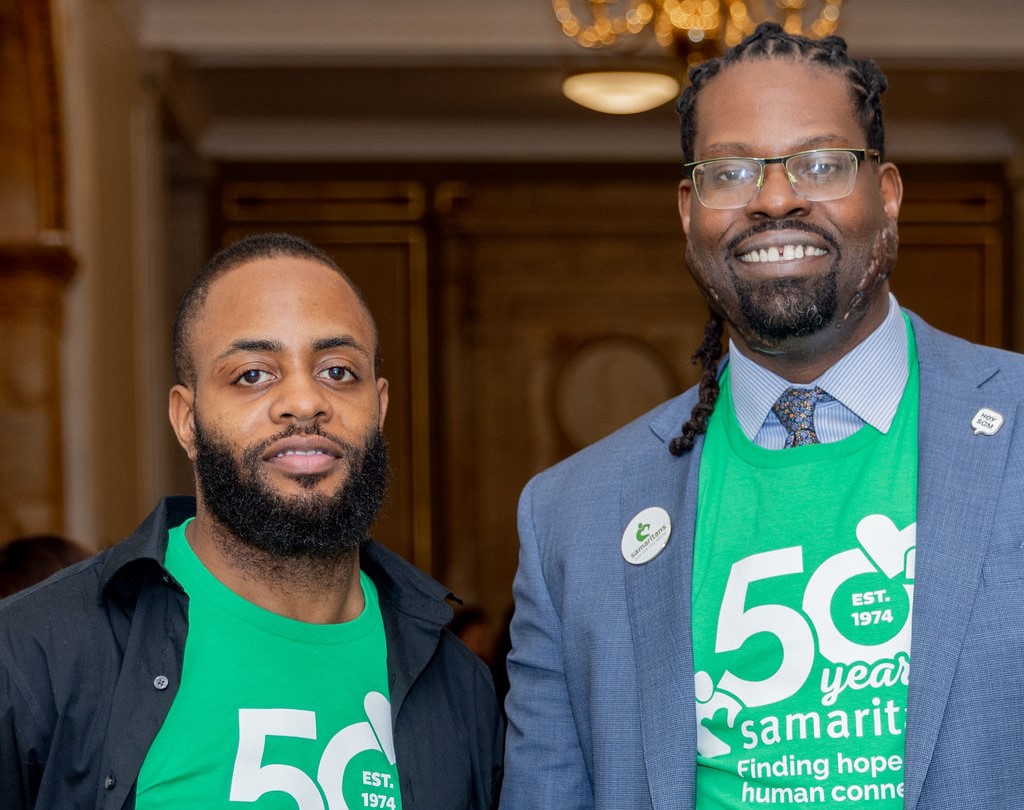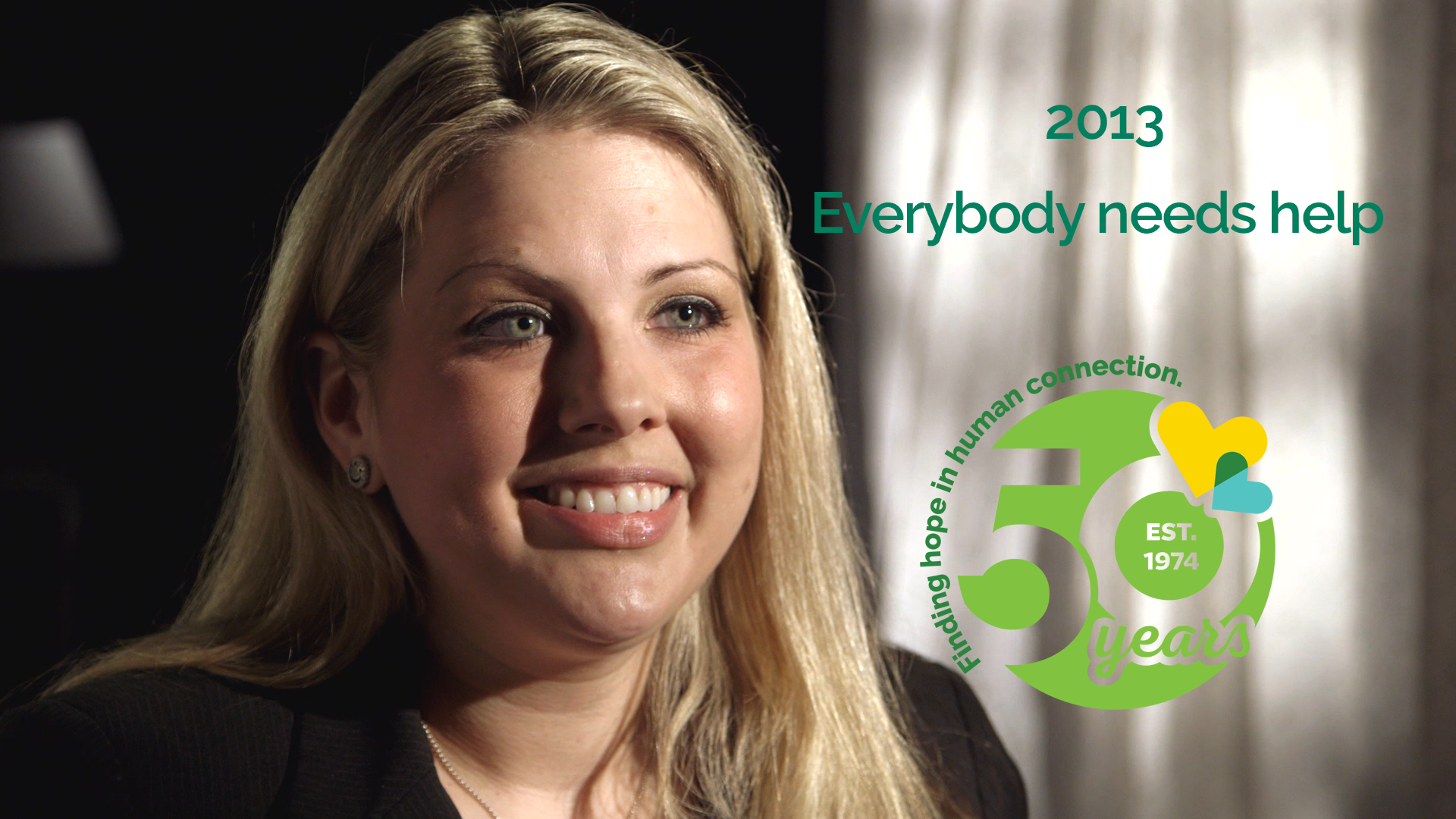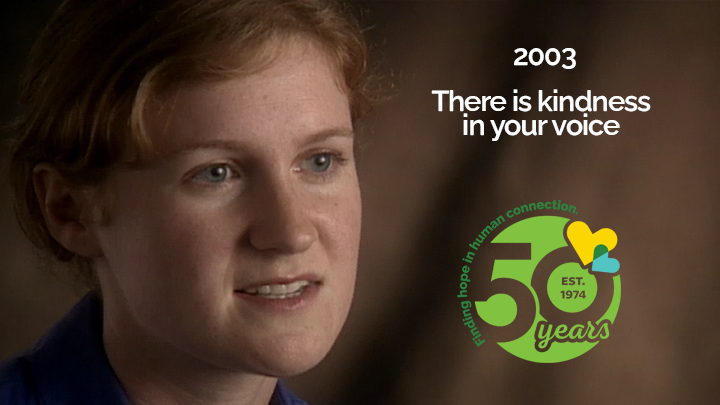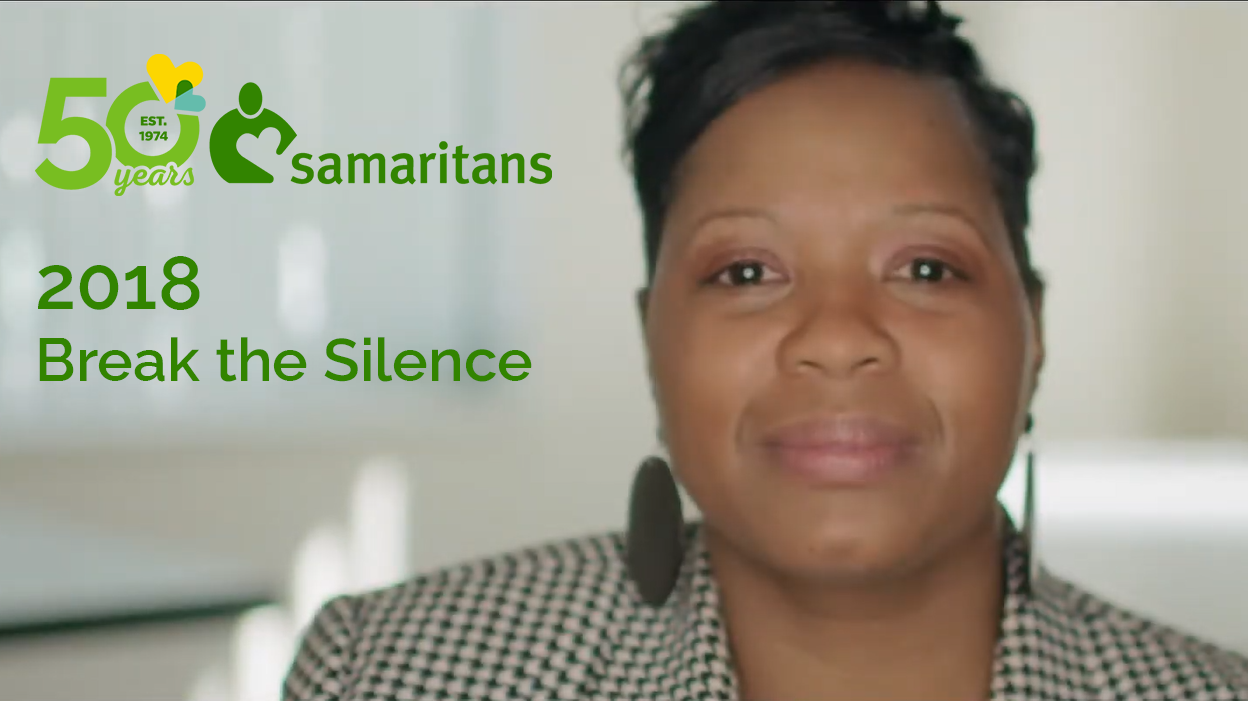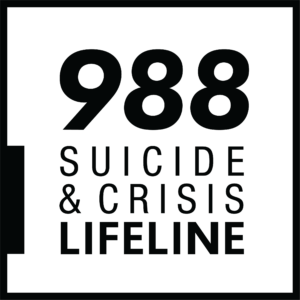SafePlace attendee, Robert, shares his experience after losing his wife, Pam (pictured above), to suicide. Robert is a Samaritans Council member and Grief Support Services volunteer.
When my wife, Pam, died in 2011, it was the absolute worst thing to happen in my life. We were supposed to be that old couple dressed alike walking down the beach. From our high school graduation to choosing our careers and everything that followed, it was just her and me for 40 years. I’m rich beyond imagination for those 40 years, but it wasn’t enough.
After her death, I felt so alone in my grief. I’m not really a people person, but I was struggling with feeling like I didn’t have anyone to talk to. I wanted people to ask me what was going on.
My friends didn’t want to talk about Pam because they didn’t want to remind me of the pain. I always thought it can’t possibly hurt any worse than it already does anyways. That circle of friends got smaller, somewhat by design.
I come from an Irish Catholic family where we don’t talk about our feelings. I appreciated the support from the family members who showed up for me, but they couldn’t really understand the pain since we never felt comfortable discussing our emotions. It didn’t feel like an option.
In my career in law enforcement, I had to be tough. I had to carry that macho attitude. When Pam died, none of my colleagues even asked me how I was doing. And I get it, it’s not comfortable for us – it’s not the culture. They knew me as a stoic, solid, unemotional person. But I didn’t want that anymore. Within a year of Pam’s death, I retired.
The first time I mustered up the courage to go to a SafePlace meeting, I sat in the car for half an hour before going inside. I was terrified. Me – the tough guy! I was angry and I didn’t want to talk to strangers. What was the use? Just like everyone else, they wouldn’t understand my pain. They couldn’t possibly understand the depths of despair that I was in after losing my wife to suicide.
I finally worked up the nerve to go in, though I didn’t say a lot. When I finally did start to talk, I also started to cry, which surprised me. On the way home, I thought about how cathartic that felt. I decided “I have to do this again. I have to talk about this stuff.” But I was still afraid.
Then, I went back to SafePlace… and I haven’t ever stopped going. The other SafePlace attendees, they just get it. They understand. They’ve walked in my shoes, and they walk next to me now. When I get to go to a meeting and talk to other survivors, I’m validated that what I’m feeling is normal. That shared understanding is beyond helpful.
Sadly, it took Pam’s death for me to become a more compassionate person; it opened my eyes to the frailness of life. I can still be judgmental sometimes, but I’m a work in progress. I’m not afraid of having or sharing my feelings anymore, and SafePlace has helped me become a better listener. I’m in a better place these days. I still cry, but not as much. I deal with the world differently now; my mantra is “I choose to be better, not bitter.”
Samaritans is that place that, even today, I still get to go and say those things that I struggle to say in day-to-day life. This is where I belong, in the realm of my peers and people who understood. Samaritans has grounded me, has allowed me to grow in my grief journey, and given me opportunities to give back. It’s more than therapeutic – it has been lifesaving for me.
